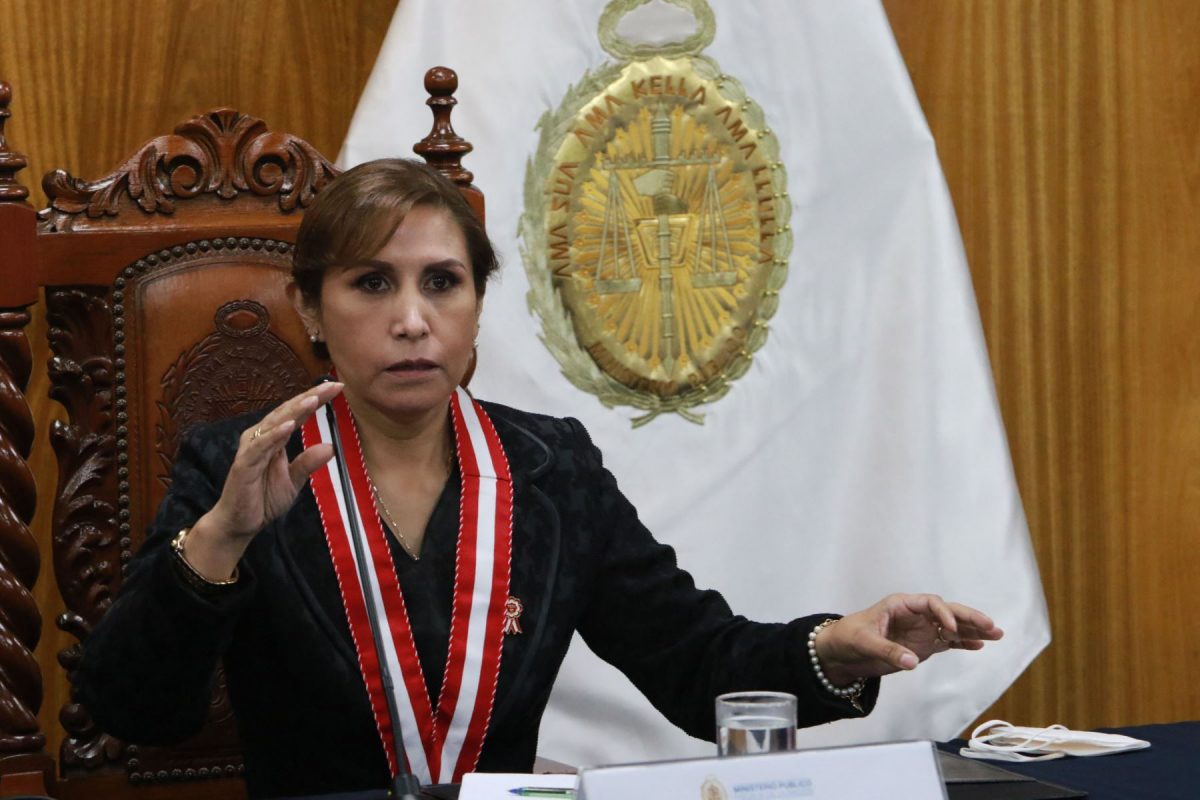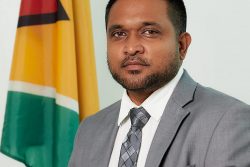LIMA, (Reuters) – Peru’s attorney general has launched 11 inquiries to identify those responsible for more than three dozen mostly civilian deaths during some of the country’s most violent social protests in years, her office said yesterday, as some of the president’s top Cabinet members announced their resignation.
The ouster of leftist former President Pedro Castillo last month triggered the unrest, which has claimed the lives of at least 41 civilians and one police officer.
The office of Peru’s attorney general, Patricia Benavides, announced the investigations focused on the violent clashes between demonstrators and security forces in the southern heavily-indigenous regions of Puno, Cusco, Arequipa, Apurimac and Ucayali, as well as the country’s capital Lima.
This week, Benavides opened a preliminary “genocide” investigation against President Dina Boluarte and several ministers.
Boluarte, Castillo’s former vice president, took over after lawmakers voted her embattled predecessor out of office after he sought to dissolve Congress and rule by decree on Dec. 7.
On Friday, the country’s interior minister, labor minister, and women’s minister all resigned, Boluarte said. She named Vicente Romero, a retired national police general, as the incoming interior minister.
Benavides’ office said 355 civilians and 176 police officers have been injured, with another 329 citizens arrested, all linked to the anti-government street protests since Castillo’s removal.
Edgar Stuardo, the head of an Inter-American Commission on Human Rights mission visiting Peru, called for a broad national dialogue, saying clashes between the country’s Congress and executive had undermined public confidence in the institutions.
This power struggle has resulted in six presidents and three parliaments in just five years.
“We are waiting to see what happens in the next few days,” Stuardo told reporters, after three days of meetings with victims’ relatives, state authorities and civil groups. “We hope there are no more deaths.”
Human rights groups accuse police and soldiers of using excessive force, including live ammunition and dropping tear gas from helicopters, while security forces say protesters, mostly in Peru’s southern Andes, have used homemade weapons and explosives against them.
Many of the angry and sometimes violent protests have played out in key southern mining regions, but on Thursday thousands marched through the streets of Lima demanding the closure of Congress, and Boluarte’s resignation.






